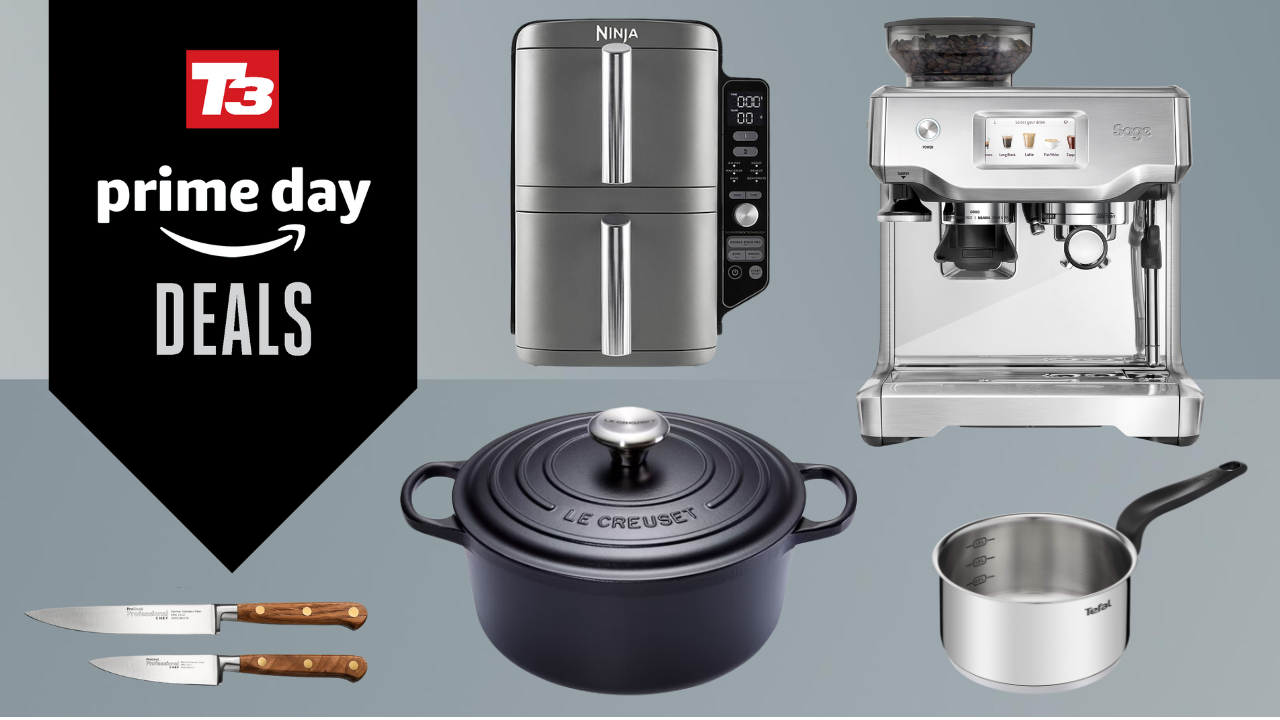Appliances
The latest Appliances breaking news, comment, reviews and features from the experts at T3
Explore Appliances
-

Best Prime Day Vacuum Cleaner deals 2025: what should we expect this year?
Find the best deals on vacuum cleaners in 2025
By Lizzie Wilmot Last updated
-

You can now buy balcony solar panels from IKEA – for less than you’d expect
It’s another big move for IKEA
By Lizzie Wilmot Published
-

You can now get the Nespresso Vertuo Plus – and 60 free pods – for just £76 on Amazon
There's also a free tumbler and ice tray included!
By Lizzie Wilmot Published
-

Cuisinart’s new ice cream maker looks (and acts) like an Aeropress
Cuisinart’s Freeze Wand makes ice cream with just one push!
By Bethan Girdler-Maslen Published
-
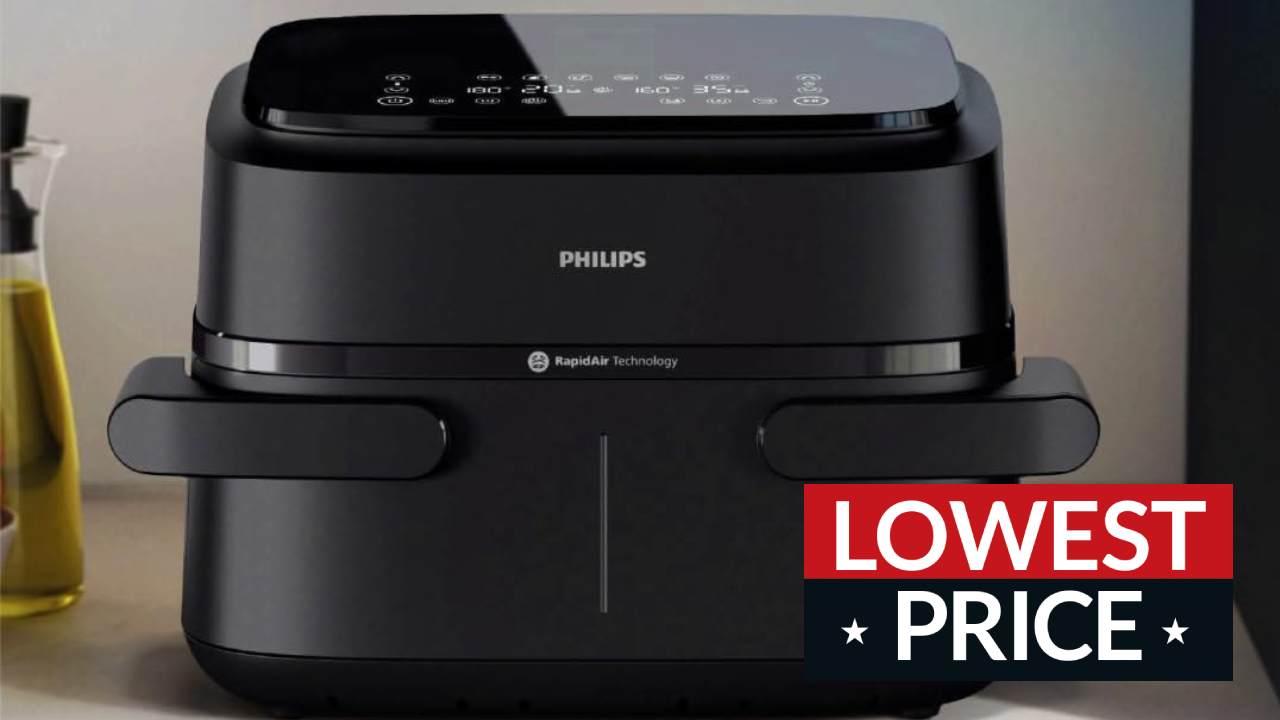
Philips’ dual air fryer just dropped to lowest ever price ahead of Prime Day
The Philips Dual Basket Airfryer 1000 Series is now under £90
By Bethan Girdler-Maslen Published
-

Best bean-to-cup coffee machine 2025: top picks for coffee lovers
Find the best bean-to-cup coffee machines that incorporate a grinder, espresso maker and milk frother in one handy box
By Bethan Girdler-Maslen Last updated
-
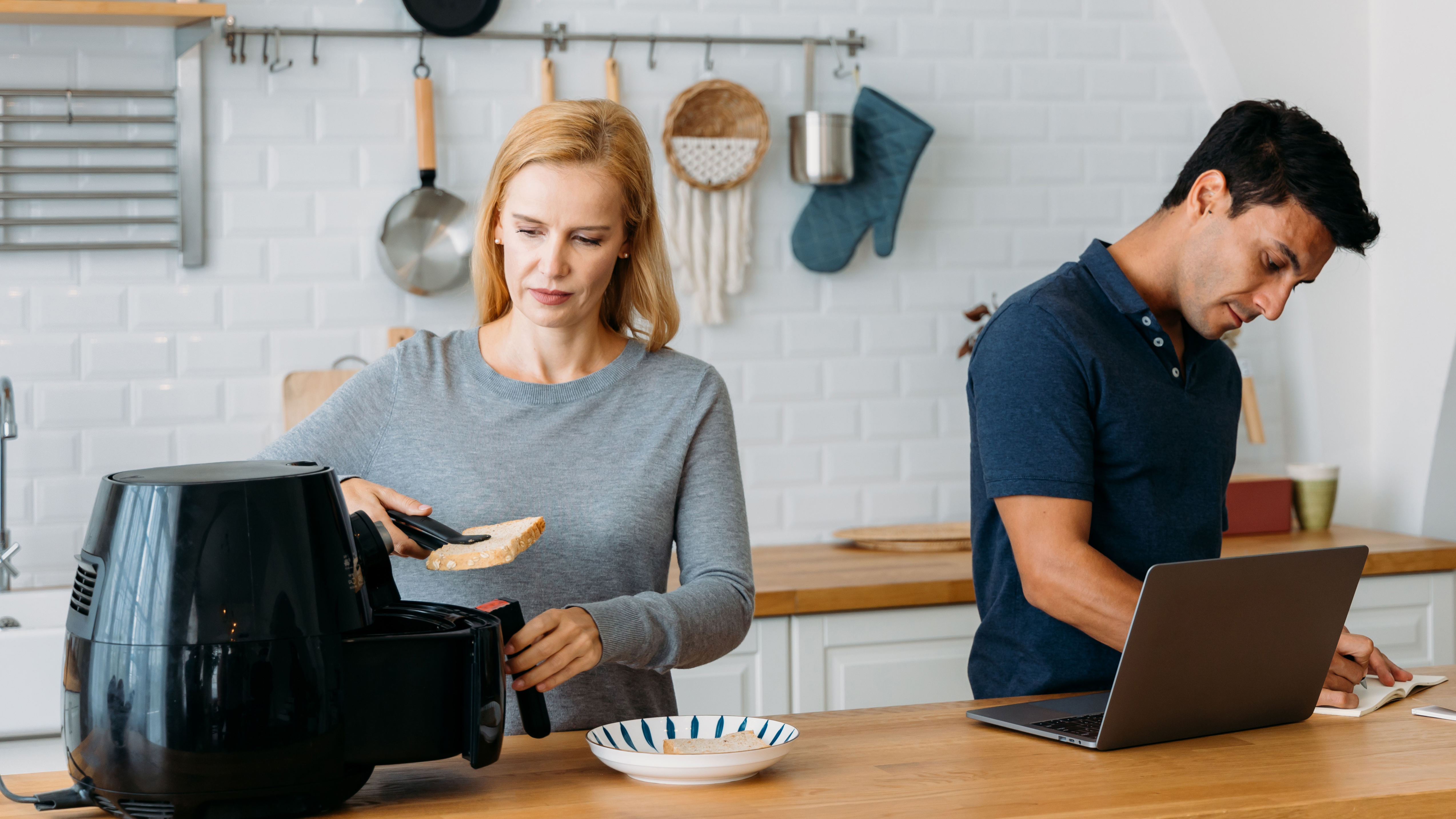
Best air fryer 2025: for full flavour, faster cooking and lower costs
Find the best air fryers for quick, healthier and time-saving meals, from Ninja, Tefal, Tower, Philips and more
By Bethan Girdler-Maslen Last updated
-
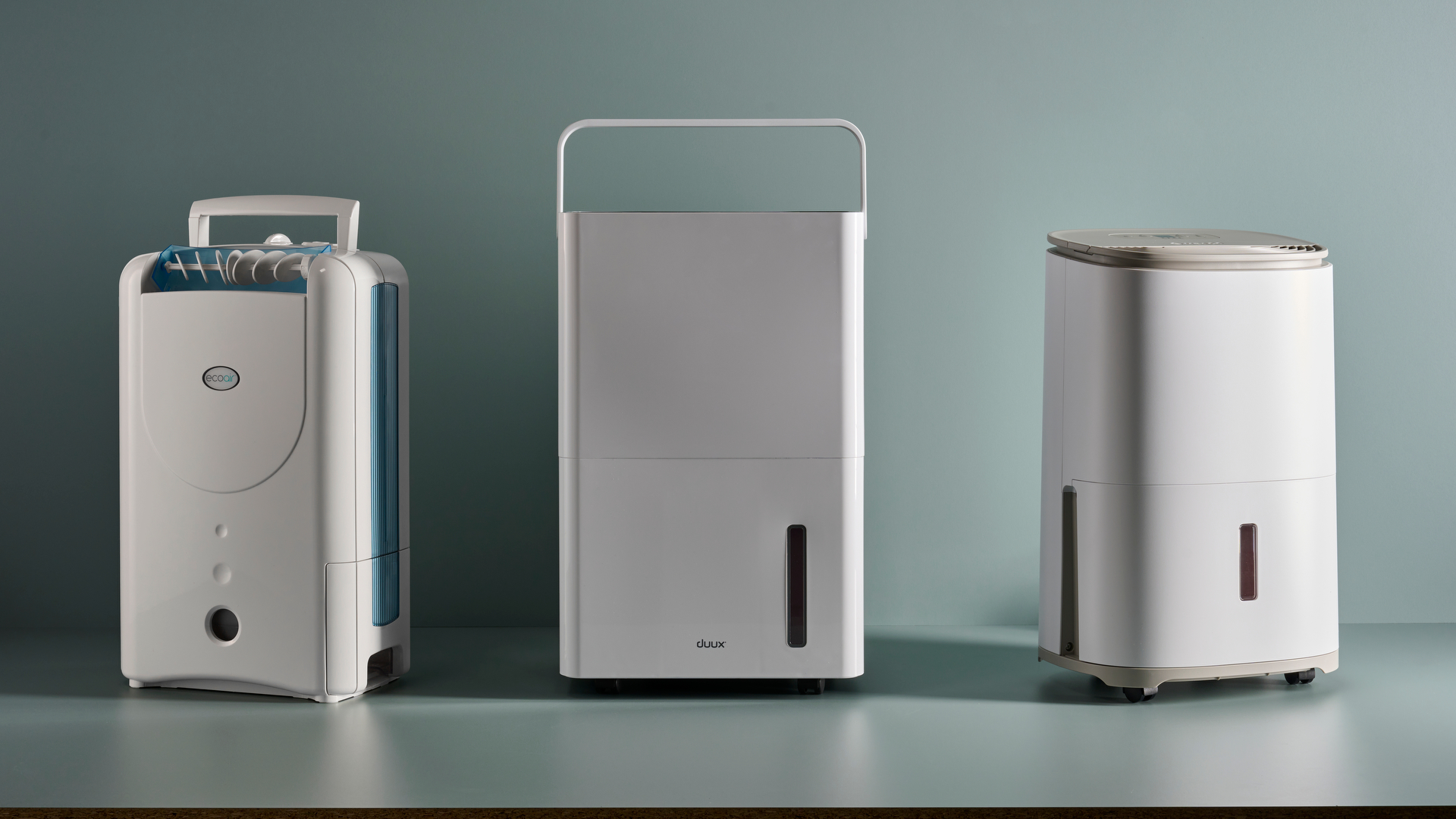
Best dehumidifier 2025: beat damp and mould
Tackle damp like a pro with the best dehumidifiers for home use
By Derek Adams Last updated
-
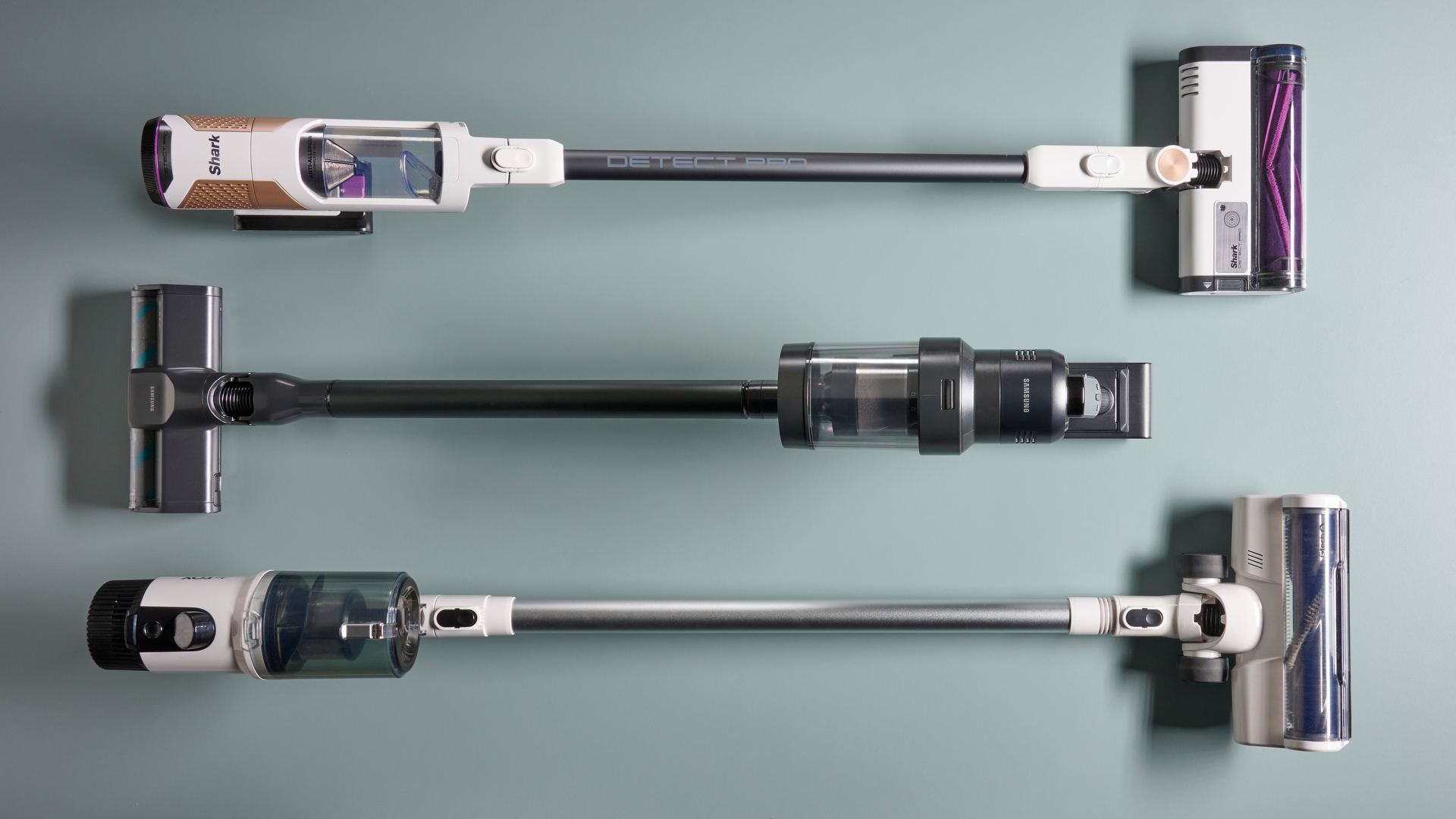
Best cordless vacuum cleaner 2025: exceptional floorcare with no wires
The best cordless vacuum cleaners do battery-powered cleaning with ease and speed
By Lizzie Wilmot Last updated
-

Grind’s summer coffee collection features everyone’s favourite cartoon character
Grind teams up with Peanuts on limited edition coffee range
By Bethan Girdler-Maslen Published
-

I test fans for a living – these 3 Duux fan deals can help you beat the heat
Stay chilled in the heatwave with 25% off Duux Whisper fans at Amazon
By Bethan Girdler-Maslen Last updated
-

The viral fan everyone’s talking about is currently discounted on Amazon
...but not for long
By Lizzie Wilmot Published
-
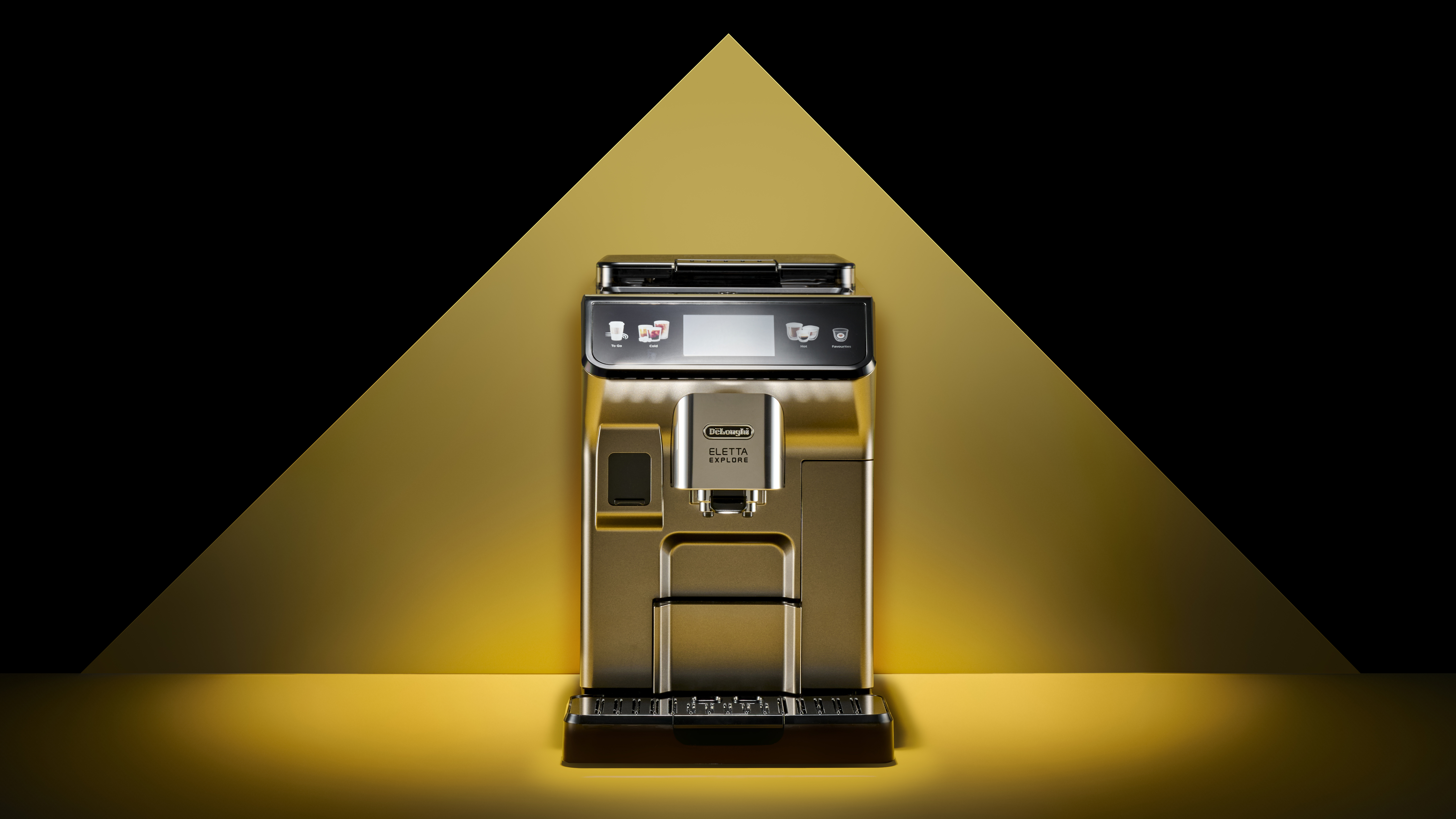
T3 Awards 2025: all Kitchen and Garden winners announced!
Get cooking, baking, roasting and grilling with T3’s Kitchen and Garden award winners
By Bethan Girdler-Maslen Published
-
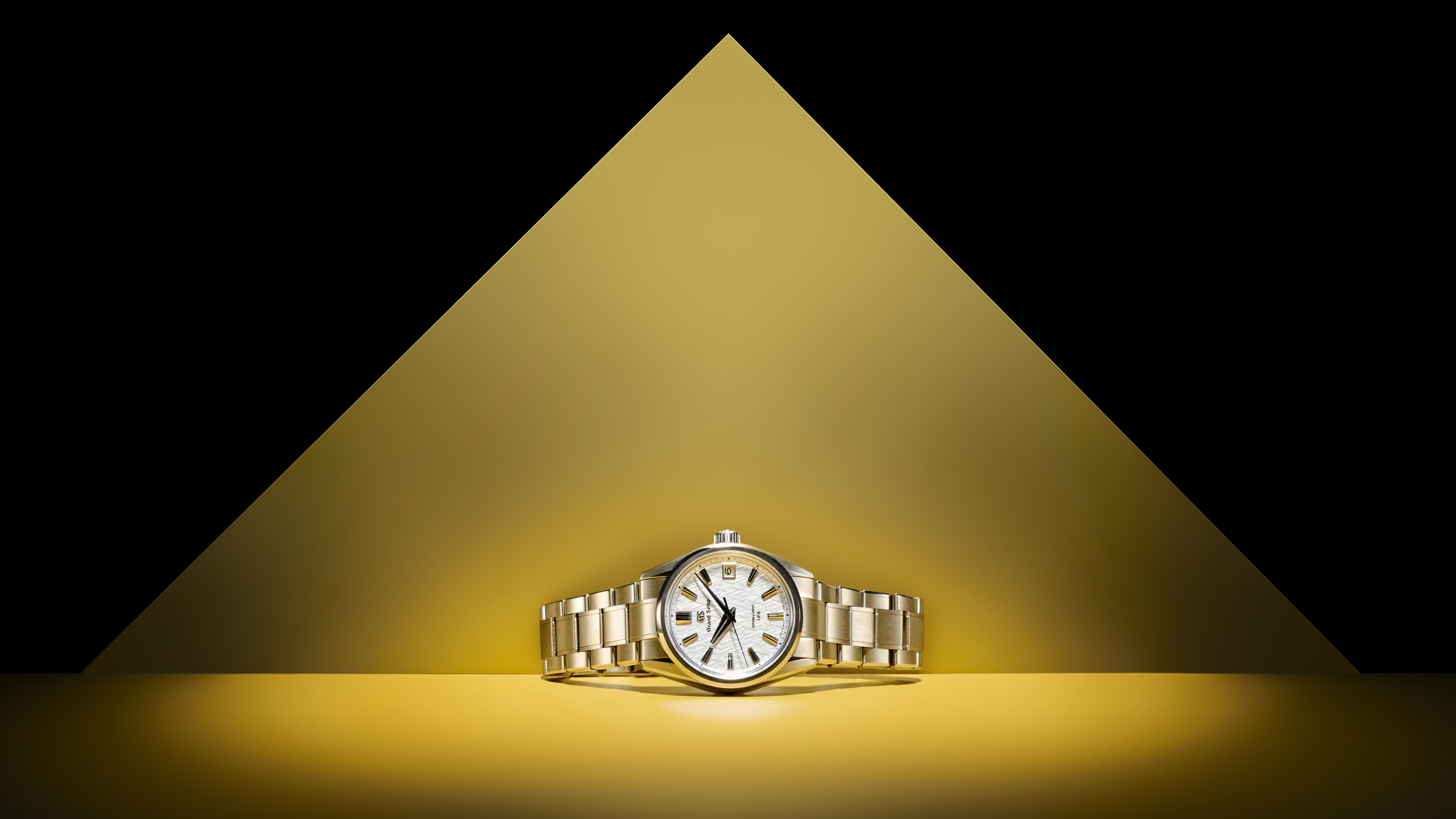
T3 Awards 2025: all Home and Style winners announced!
From vacuums and purifiers to LED face masks and fragrance, here are T3’s Home and Style award winners
By Bethan Girdler-Maslen Published
-

Iced coffee lovers unite! 3 coffee machines that make perfect cold brews
These are the coffee machines you need for your cold brew fix
By Bethan Girdler-Maslen Published
-

Pro Breeze’s hybrid fan grows, shrinks and even scents the air – yes, really!
Pro Breeze takes on Meaco and Shark with its new hybrid fan
By Bethan Girdler-Maslen Published
-
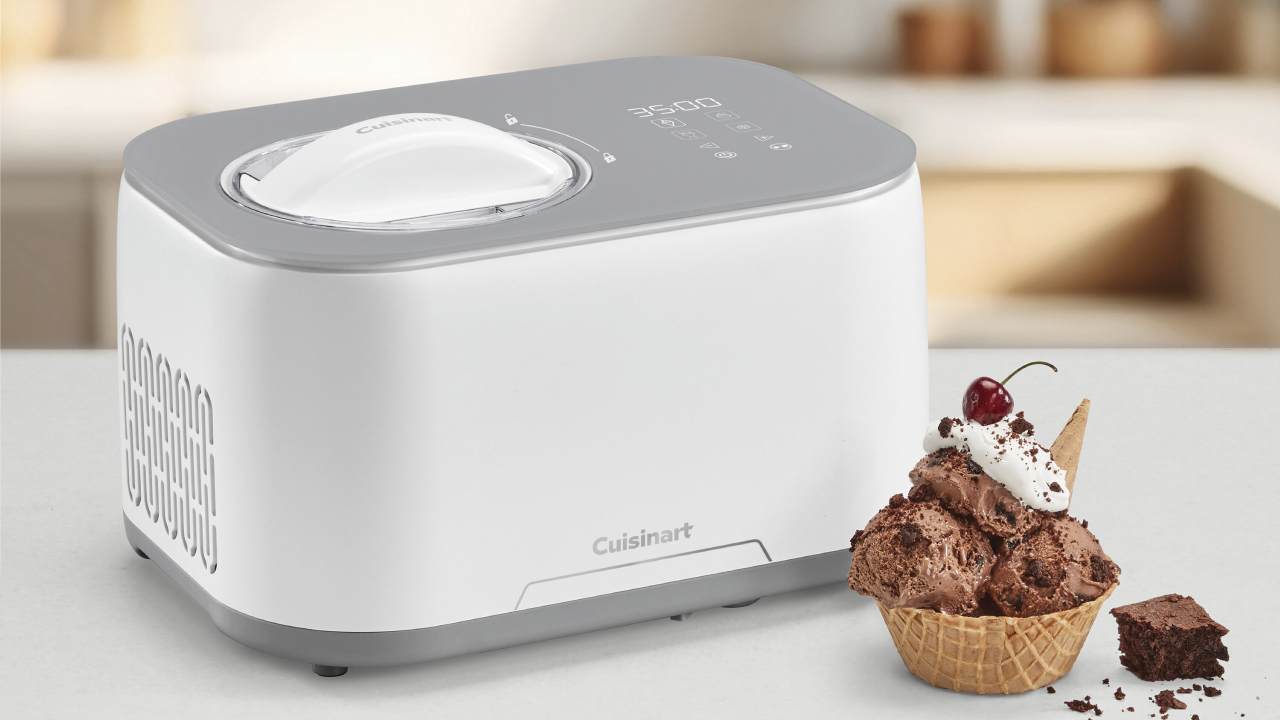
Cuisinart’s new ice cream maker could give the Ninja Creami a run for its money
Cuisinart’s Freeze Ease could be this summer’s must-have ice cream maker
By Bethan Girdler-Maslen Published
-
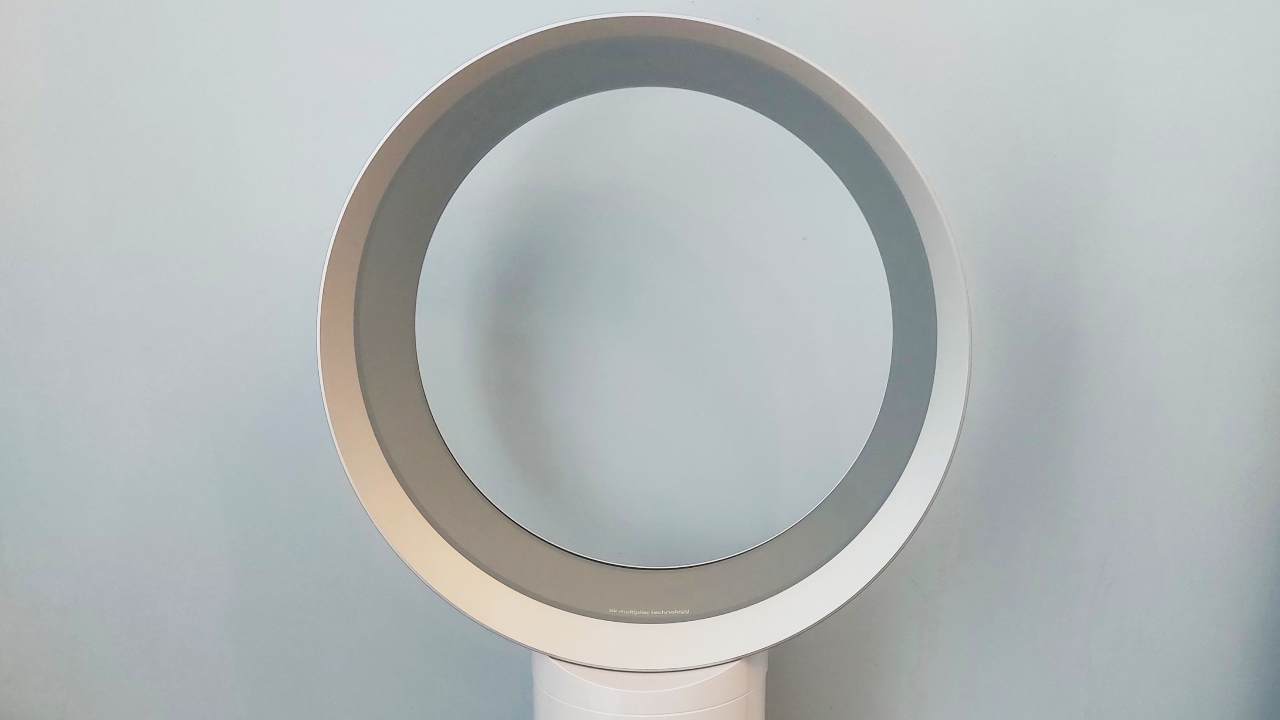
Dyson Cool CF1 fan review: lightweight, powerful and versatile
Dyson revives its original bladeless fan with newer technology
By Bethan Girdler-Maslen Published
-
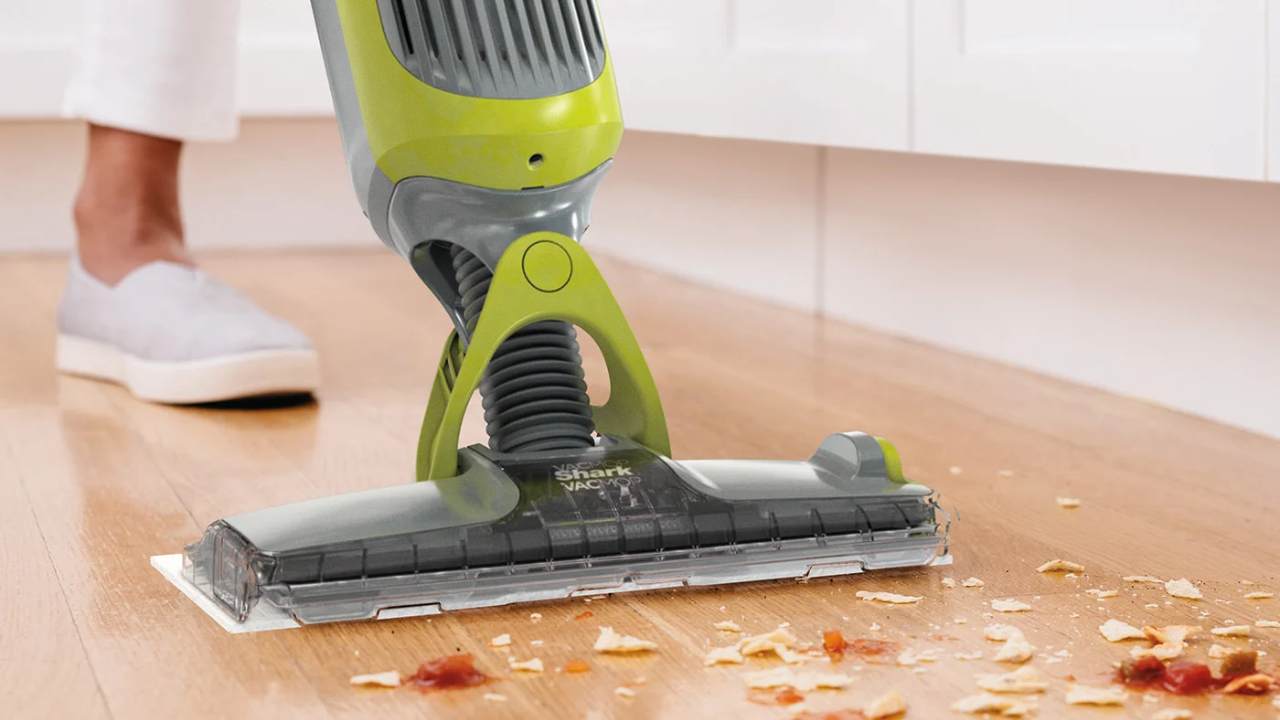
Shark takes on Dyson with its very own vacuum-mop hybrid
Shark’s 2-in-1 VacMop is lightweight, affordable and powerful
By Bethan Girdler-Maslen Published
-
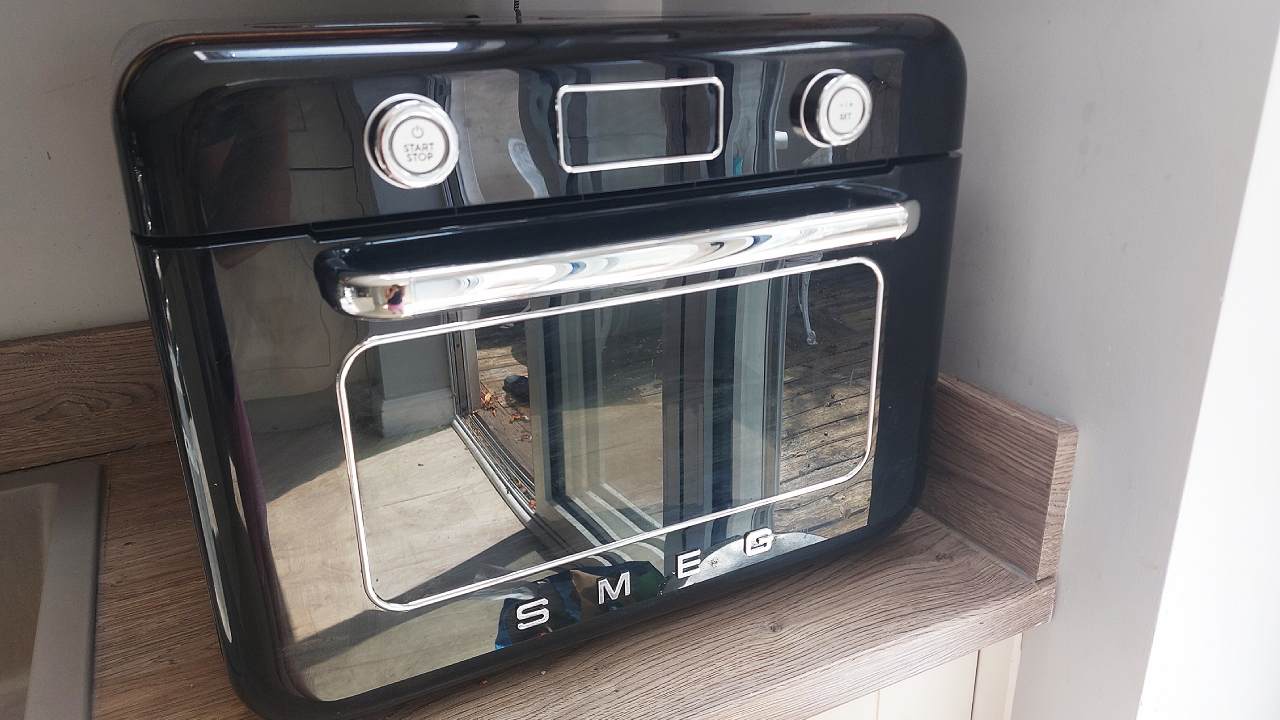
Smeg 10-in-1 Countertop Oven review: big, versatile and retro – but not entirely necessary
I was both surprised and disappointed by Smeg’s 10-in-1 Countertop Oven
By Bethan Girdler-Maslen Published
-

KitchenAid upgrades its semi-automatic coffee machine with two stunning colours
I can’t decide which colour I like best…
By Bethan Girdler-Maslen Published
-
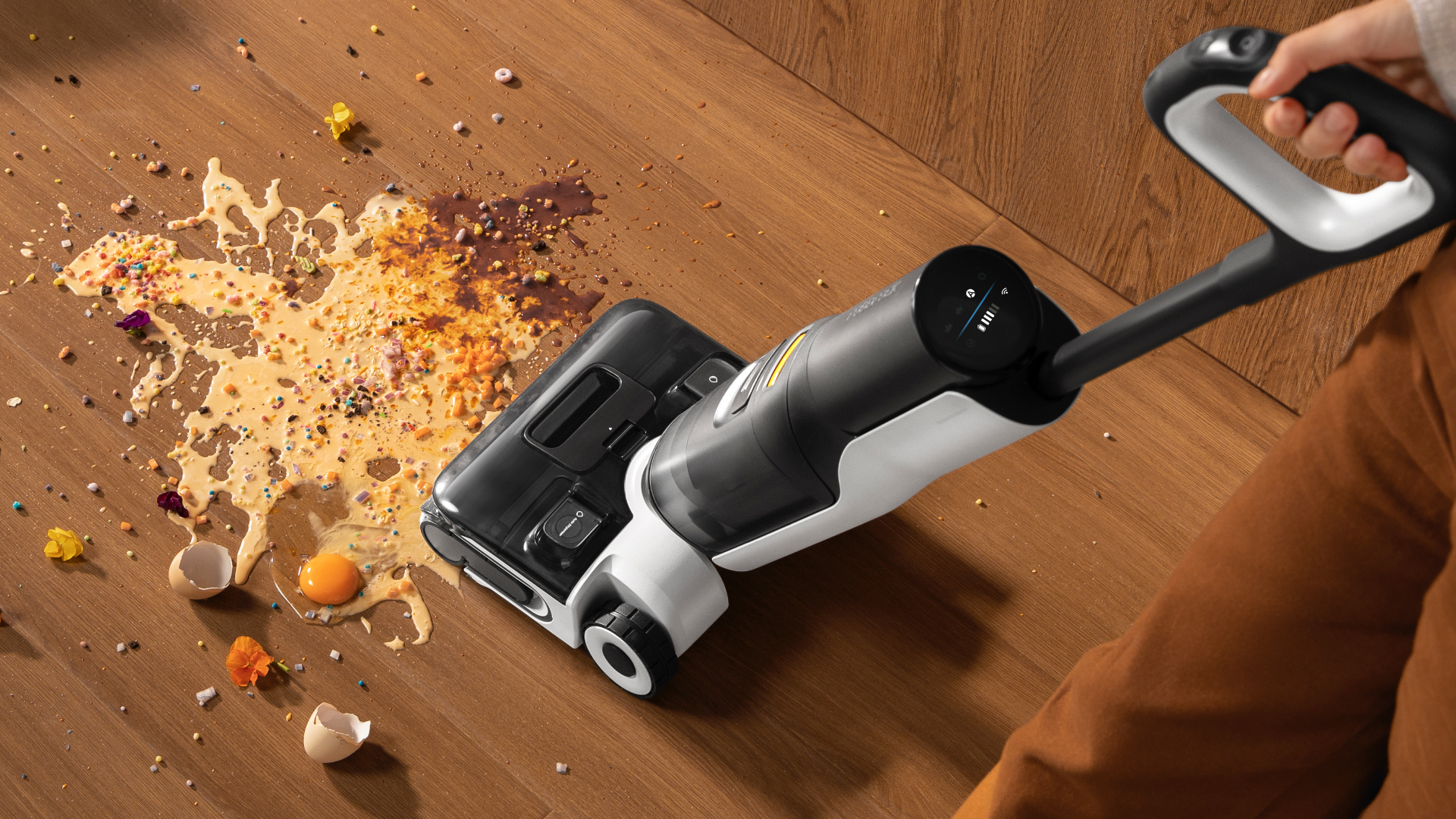
Roborock F25 ACE review: engineered for everyday household chaos
This cordless mopping master uses motorised wheels to effortless glide over hard floors
By Derek Adams Published
-
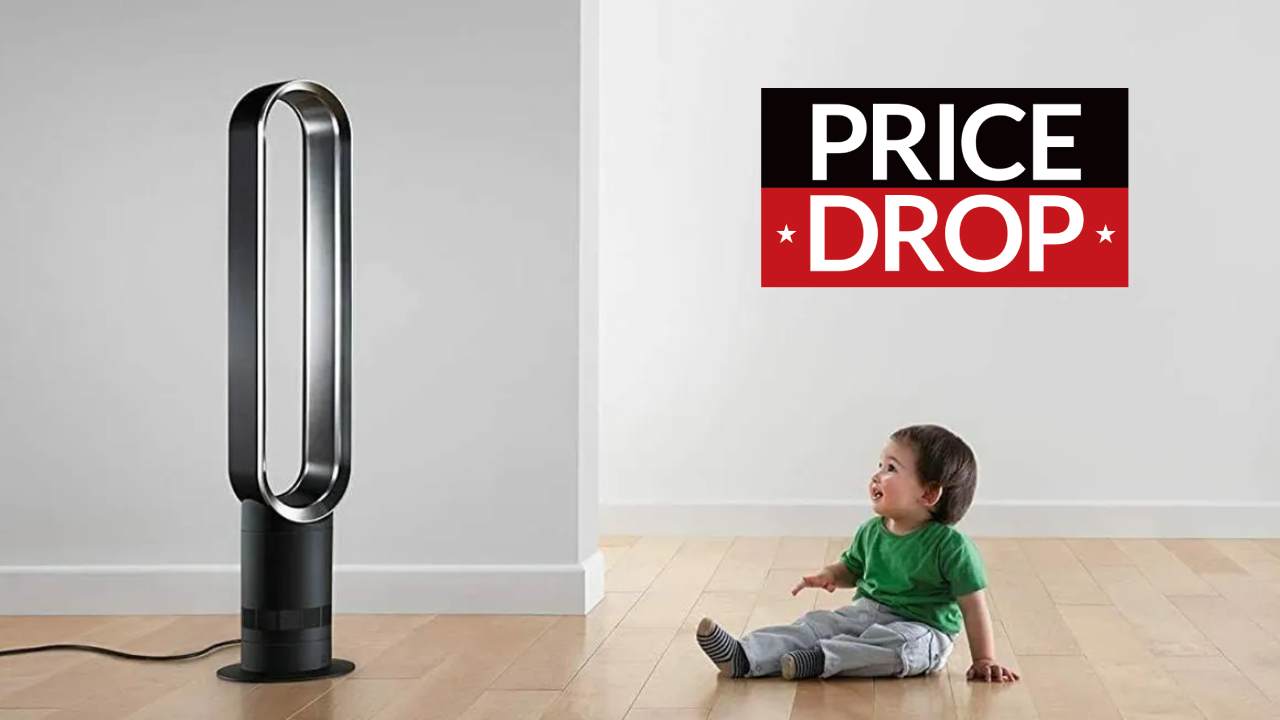
My favourite Dyson fan hits all-new low price in time for the heatwave
Get 23% off Dyson’s Cool Tower Fan in its summer sale
By Bethan Girdler-Maslen Published
-

The Ninja June sale is live – here are 5 air fryer deals you should buy
Get up to 35% off Ninja air fryers in the summer sales
By Bethan Girdler-Maslen Published
-

KitchenAid’s new blender makes hot soups, crushes ice and is surprisingly affordable
KitchenAid launches its most precise and powerful blender yet
By Bethan Girdler-Maslen Published
-
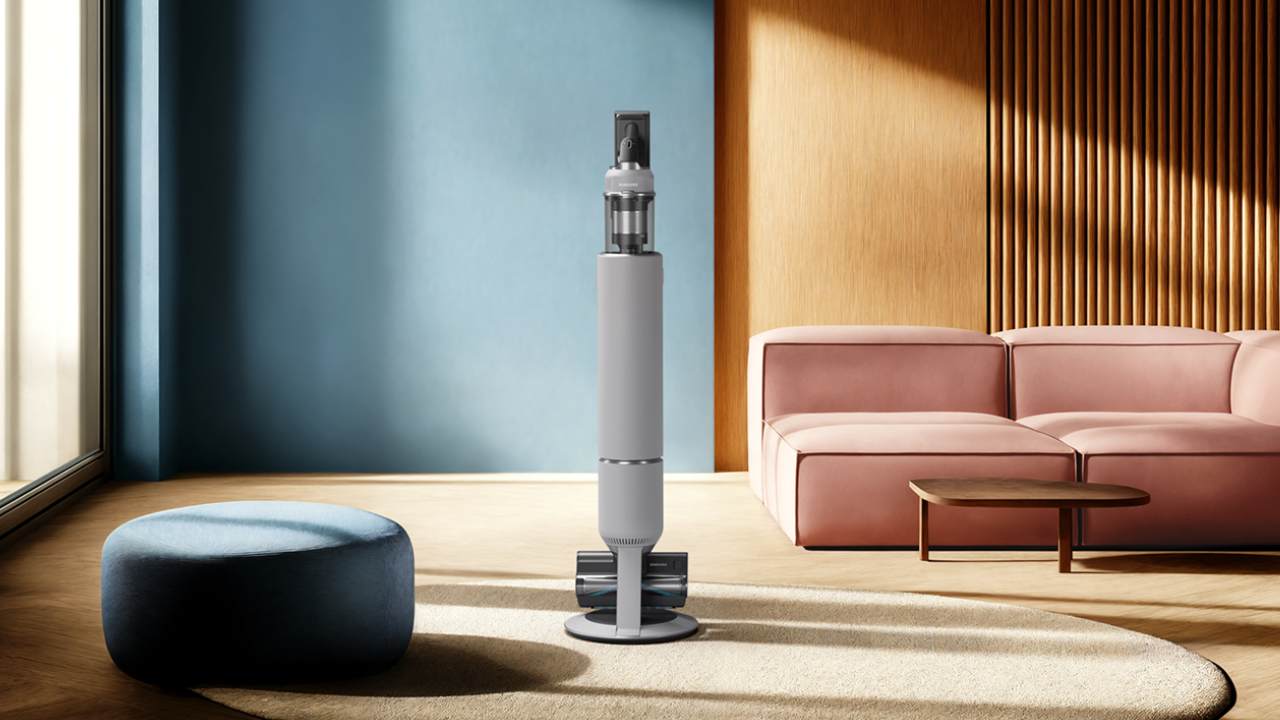
Samsung debuts its lightest cordless vacuum yet – but this is the feature you’ll love most
Samsung’s Bespoke AI Jet Lite is my favourite model yet
By Bethan Girdler-Maslen Published
-

This Blueair smart humidifier is a must-have for allergy season
Blueair launches its first ever smart humidifier
By Bethan Girdler-Maslen Published
-
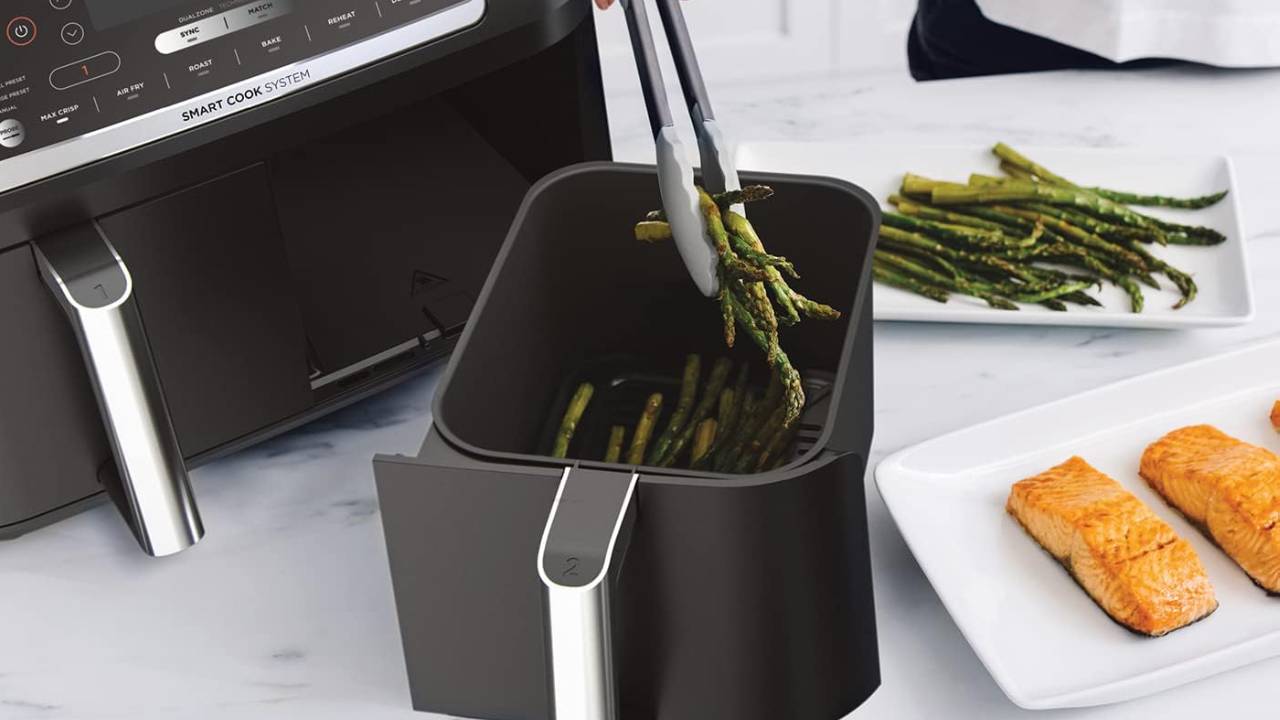
This air fryer mistake is the worst thing you can do to your appliance – and I’ve been doing it for years
Have you made this common air fryer mistake?
By Bethan Girdler-Maslen Published
-
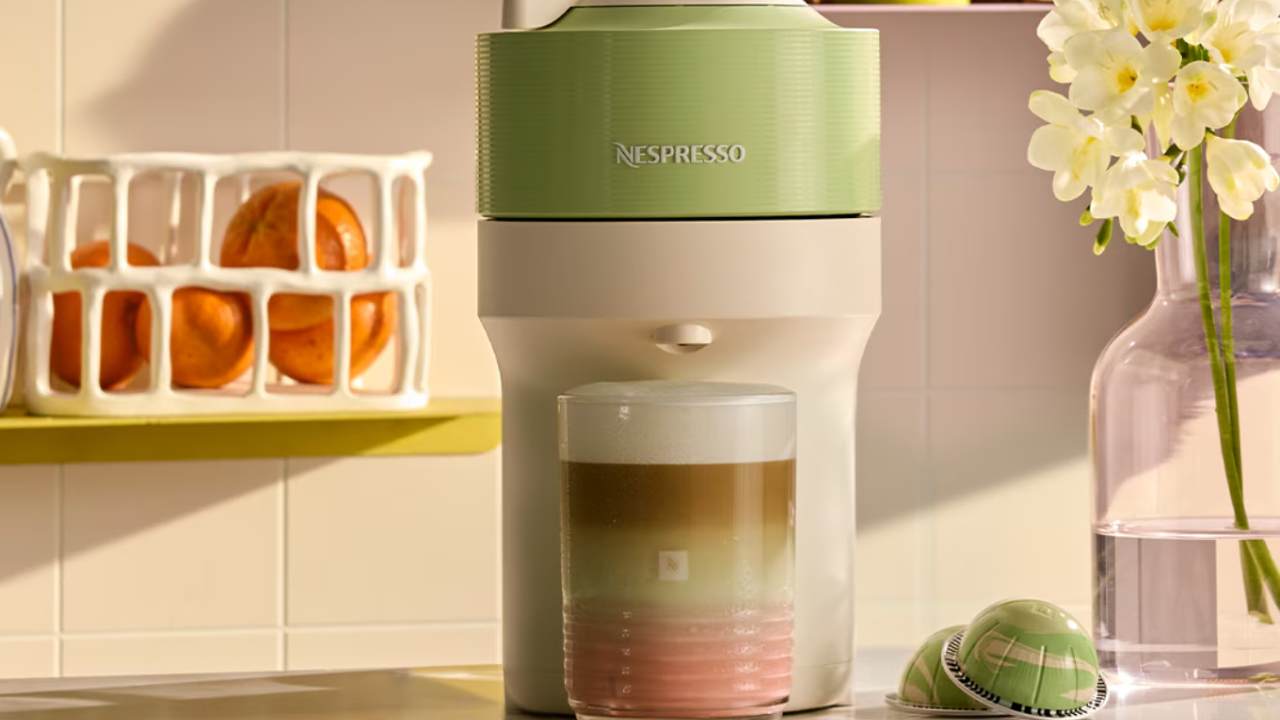
Nespresso gives its Vertuo pod coffee machine a pistachio upgrade – and it’s David Beckham approved
I’m obsessed with Nespresso’s new pistachio collection
By Bethan Girdler-Maslen Published
